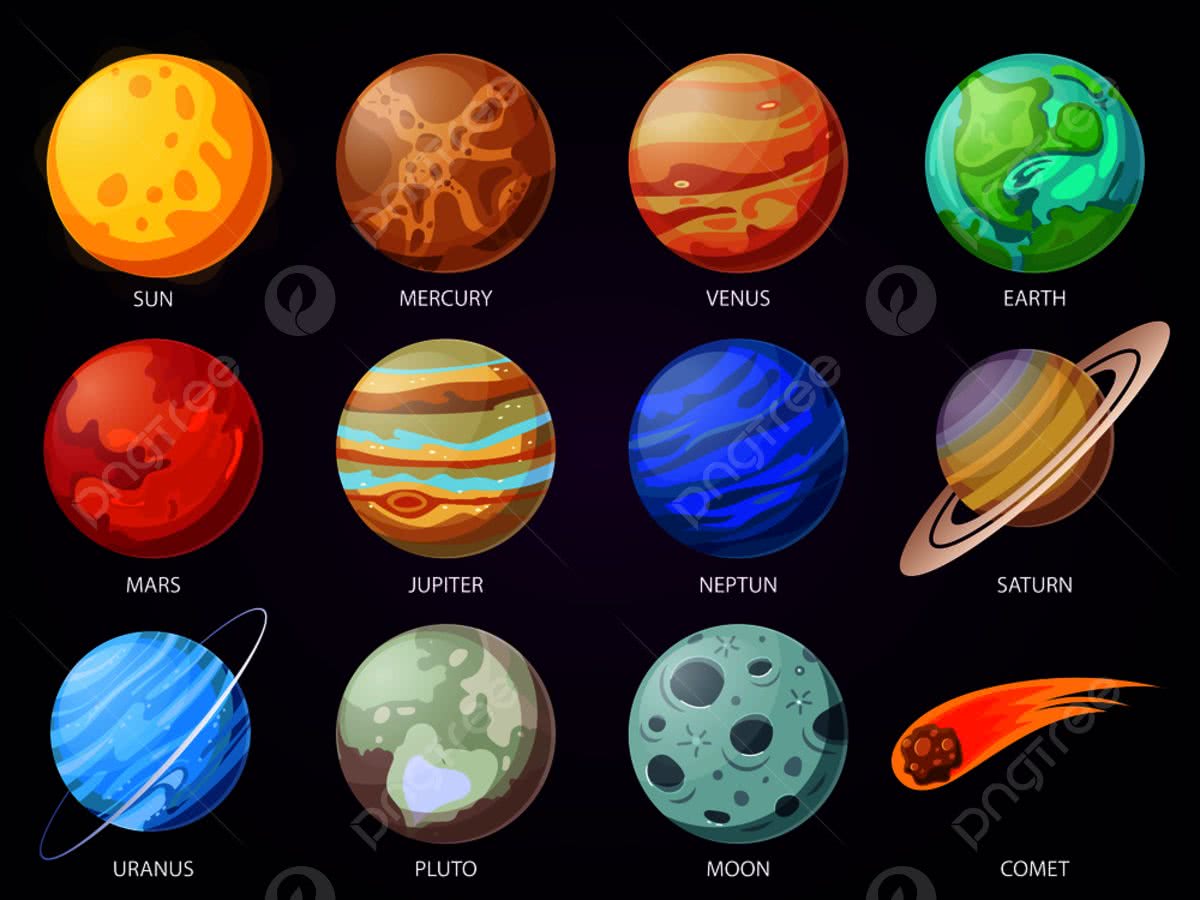The cosmos presents an intricate tapestry of celestial bodies, each exhibiting unique characteristics that intrigue and inspire scientific inquiry. Among these characteristics, the magnetic fields of planets provide critical insights into their compositions and evolutionary histories. Intriguingly, the planet adorned with the most robust magnetic field is Jupiter—a titan among giants—and its magnetic prowess carries significant implications for both our understanding of planetary science and the broader dynamics of the solar system.
Jupiter’s magnetic field is approximately 20,000 times stronger than that of Earth, a staggering strength that raises numerous questions surrounding its origins, structure, and implications. To contextualize the importance of Jupiter’s magnetic field, it is essential to explore the fundamental mechanics of planetary magnetism and the factors influencing its intensity. Magnetism within celestial bodies generally arises from the motion of electrically conductive materials in their interiors. In the case of Jupiter, this is primarily attributed to the movement of metallic hydrogen under high pressures and temperatures that exist within its vast, gaseous envelope.
Observations have demonstrated that Jupiter’s magnetosphere extends significantly beyond its physical size, enveloping an area over three times larger than the Sun itself. The magnetic field is not merely a passive shield; it plays a pivotal role in shaping the environment surrounding the planet. The interaction between Jupiter’s magnetic field and solar wind—streams of charged particles emitted by the Sun—generates complex phenomena such as auroras, radiation belts, and even influences the atmospheric dynamics of the planet’s numerous moons, including the galilean satellites: Io, Europa, Ganymede, and Callisto.
The implications of Jupiter’s formidable magnetic field extend beyond its immediate environment. Understanding the mechanics of this magnetic field may provide invaluable clues to the processes that govern not only the gas giants but also terrestrial planets like Earth. An in-depth analysis can elucidate why certain worlds exhibit active magnetospheres while others, like Mars, have significantly weaker fields. The dynamo effect—whereby a planet’s rotation contributes to the generation of its magnetic field—suggests that strong magnetic fields can be a determinant of a planet’s ability to retain its atmosphere and, by extension, its potential to support life.
Moreover, the distinctions between terrestrial planets and gas giants become further pronounced when evaluating their magnetic fields. While Earth possesses a relatively strong field that protects it from cosmic radiation and solar wind, gas giants like Saturn, Uranus, and Neptune exhibit complex and less symmetric fields that reflect their unique internal structures. Saturn, for instance, has a magnetic field that is tilted significantly relative to its rotation axis, while Uranus and Neptune possess tilted and offset magnetic fields that arise from their respective interiors dominated by ices and possibly a less ordered dynamo process.
Investigating the nature of planetary magnetism is of paramount importance for future exploration and habitation endeavors. Understanding which planets have robust magnetic fields may indicate environments that possess the right conditions for sustaining life. The protection offered against solar and cosmic radiation by a strong magnetic field is a crucial factor in determining whether a planet can support biological processes. This prospect becomes all the more tantalizing when considering the intricate environments surrounding moons in the outer solar system.
Io, with its intense volcanic activity and proximity to Jupiter’s magnetosphere, experiences extreme radiation levels due to magnetic interactions, while Europa, with its subsurface ocean, offers a tantalizing prospect for habitability, potentially protected by its icy crust from the intense radiation surrounding its parent planet. These dynamics demonstrate how Jupiter’s magnetic field not only shapes its own atmospheric and geological characteristics but profoundly affects the only non-planetary bodies known to harbor conditions that may be conducive to life.
Furthermore, studying the evolutionary history of a planet’s magnetic field yields fascinating insights into its geological past. The persistence of Joseph–Larmor dynamo actions within Jupiter may suggest a prolonged period of thermal activity, revealing pathways of heat transfer from its core to the outer layers. This analysis can lead to broader discussions on the thermal evolution of similar gases-rich worlds and their potential to remain geologically active over astronomical timescales.
The intricate relationship between a planet’s magnetic field and its ability to host life extends into the realms of exoplanetary research. As astronomers forge ahead with the discovery of exoplanets, understanding the magnetic characteristics of these distant worlds will become a crucial element of astrobiological studies. Identifying planets within habitable zones possessing strong magnetic fields could illuminate new pathways for life beyond our solar system.
In conclusion, Jupiter, the behemoth of our solar system, stands as a paramount example of the significance of planetary magnetism. Its formidable magnetic field does not merely act as a protective barrier; rather, it dynamically influences the intricate dance of its moons, contributes to atmospheric phenomena, and enriches our understanding of planetary geology and potential for habitability. The exploration of such magnetic strengths prompts a shift in perspective, beckoning us to delve deeper into the mysteries that surround us, and igniting curiosity about the celestial realms beyond our own. Akin to the scepter of a celestial monarch, Jupiter reigns over its dominion, embodying the profound interconnectedness of the cosmos and our place within it.








